Fujifilm Fujinon XF 80 mm f/2.8 LM OIS WR Macro
3. Build quality and image stabilization
The photo below proves that the Fujinon 2.8/20 is bigger even than many 100 mm macro lenses designed for full frame; in the photo below we positioned the tested lens next to the Canon EF 100 mm f/2.8L IS USM Macro and the Fujinon XF 56 mm f/1.2.
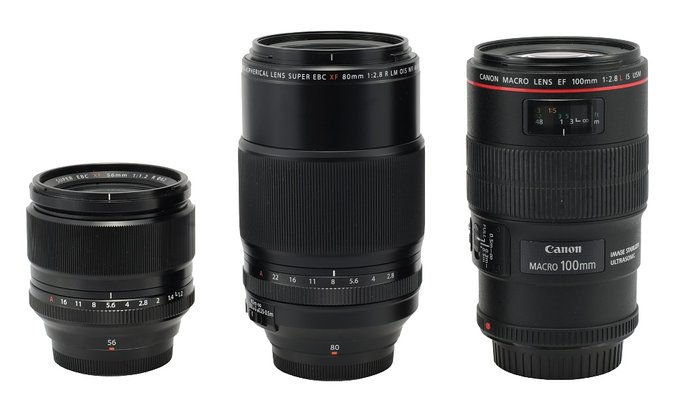 |
Please Support UsIf you enjoy our reviews and articles, and you want us to continue our work please, support our website by donating through PayPal. The funds are going to be used for paying our editorial team, renting servers, and equipping our testing studio; only that way we will be able to continue providing you interesting content for free. |
- - - - - - - - - - - - - - - - - - - - - - - - - - - - - - - - - - - - - - - - - - - - - - - -
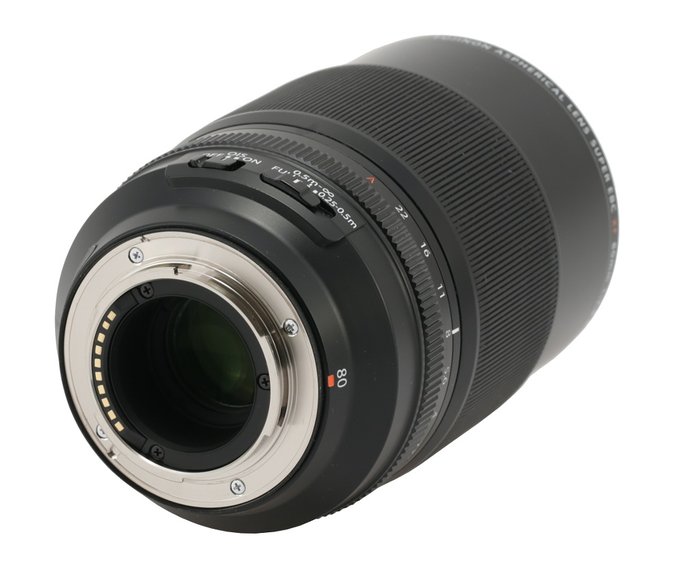 |
A metal ring which doesn’t move and turns wider after a while is the first part of the proper body. On that ring there’s a red dot, making an alignment with a camera easier, the focal length of the lens, its serial number and information that this piece of equipment was produced in Japan and is weather resistant. The diagram below, coming from the producer, shows all seals and gaskets of the tested lens.
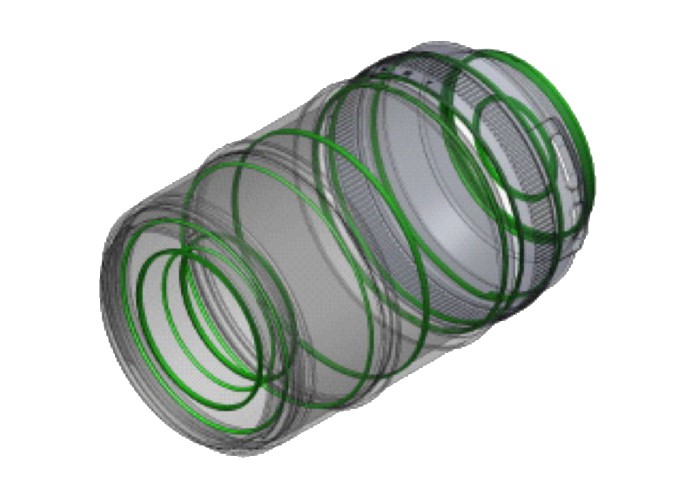 |
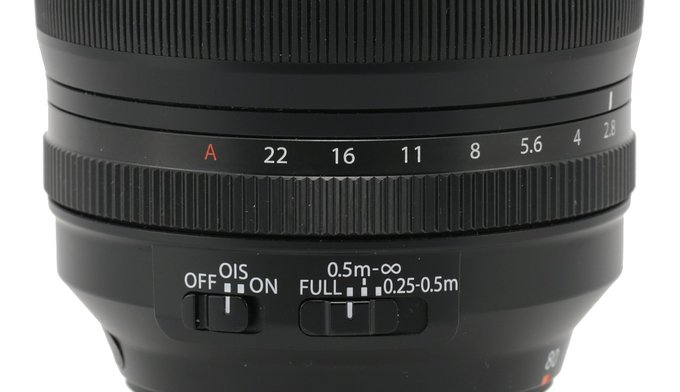 |
Then comes a manual focus ring, as wide as 49 mm. It doesn’t feature any distance or DOF scale and is completely covered by fine ribbing. It is a focus-by-wire construction and its precision depends on the speed of the turning and the range you work in.
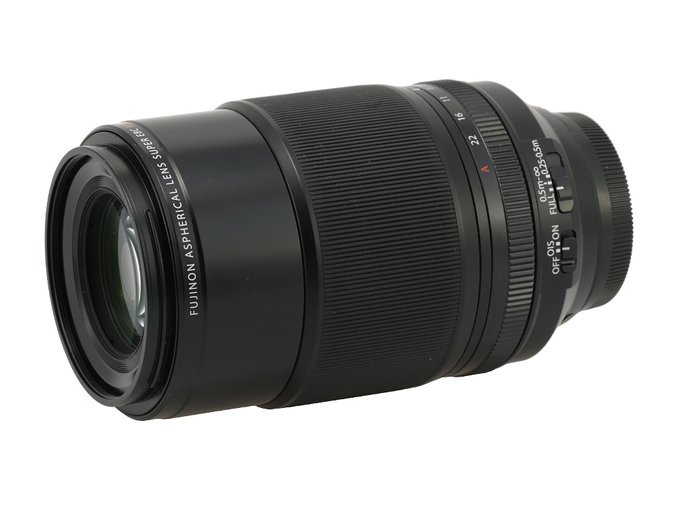 |
The front element is 35 mm in diameter and it doesn’t move as well. It is surrounded by a non-rotating filter thread, 62 mm in diameter.
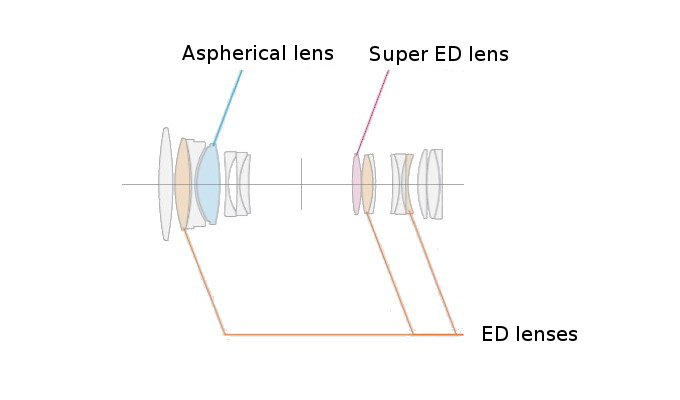 |
Buyers get both caps and a hood in the box.
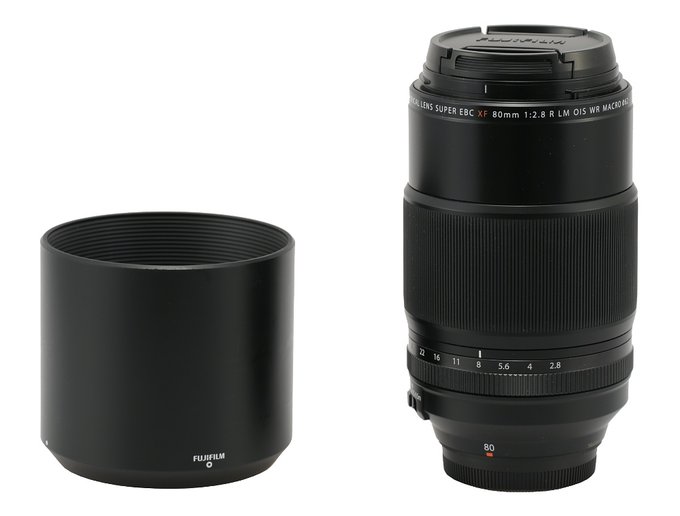 |
Image stabilization
According to the producer angle shake and shift shake is suppressed by using a gyro sensor and an acceleration sensor with high accuracy, which, as a result, allows the lens to achieve 5-stop image stabilization (CIPA guidelines). Of course we had to check that claim. We took several dozen photos at every exposure time ranging from 1/160 to 1/2 of a second with the stabilization switched on and off and then we determined a percentage of blurred photos for each set. The appropriate graph showing that percentage, correlative with the exposure time expressed in EV (with 0 EV being an equivalent of 1/125 of a second), you can find below.
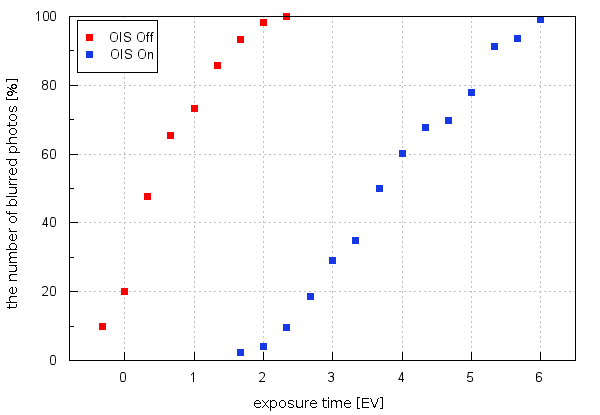
The maximum distance between both curves reaches 4 EV and such is, in our opinion, the efficiency of the optical stabilization unit of the Fujinon 2.8/80. It is an excellent result although a bit short of the declared 5 EV.






